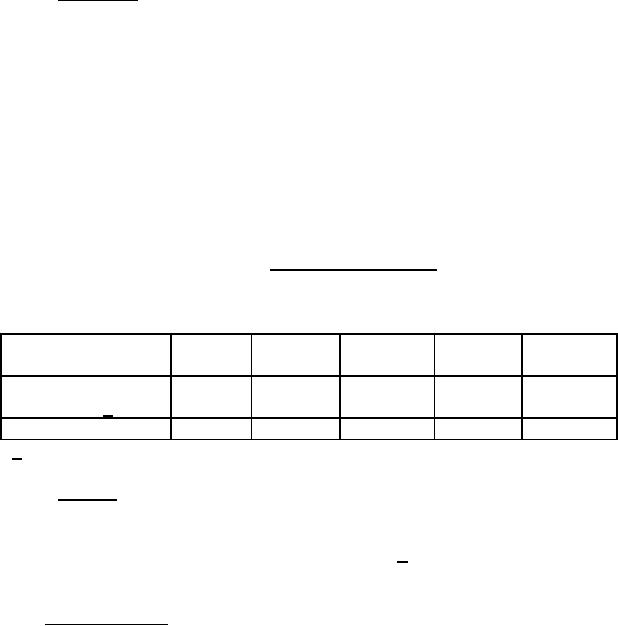
MIL-DTL-19803G
loss requirements specified in 3.5.11. The converter shall then be subjected to and pass the
delivery rate test specified in 4.6.16.1.
4.6.12.1 Resonance. Resonant modes of the converter shall be determined by varying the
frequency of applied vibration slowly through the specified range at vibratory accelerations not
greater than those shown on figure 5. Individual resonance surveys shall be conducted with
vibration applied along each axis of any set of three mutually perpendicular axes of the converter.
The converter shall be vibrated at the indicated resonant conditions for the periods shown in the
vibration test schedule, table III, and with the applied double amplitudes of vibratory
accelerations on figure 5. These periods of vibration shall be accomplished with vibration
applied along each of the three mutually perpendicular axes of vibration. When more than one
resonance is encountered with vibration applied along any one axes, each resonance shall be
sustained for the period shown in the applicable portion of the vibration test schedule. If more
than four resonances are encountered with vibration applied along any one axes, the four most
severe resonances shall be chosen for test.
TABLE III. Vibration test schedule.
(Times shown refer to one axis of vibration.)
Number of
0
1
2
3
4
resonances
Total vibration time
-
30 min
1 hr
1.5 hr
2 hr
at resonance 1/
Cycling time
3 hr
2.5 hr
2 hr
1.5 hr
1 hr
1/ 30 minutes at each resonance.
4.6.12.2 Cycling. The converter shall be vibrated under the cycling conditions specified
here for the applicable periods listed in the vibration test schedule (4.6.12.1). The frequency
shall be cycled between 5 to 500 cycles/sec (cps) and return in 15-minute cycles at an applied
double amplitude of 0.036 inch or an applied acceleration of + 10 g whichever is the lower "g"
value. The rate of change of frequency shall be logarithmic.
4.6.13 Acceleration test. The converter, with the probe assembled, shall be filled to rated
capacity with liquid oxygen, allowed to reach operating pressure under no flow conditions, and
then subjected to an acceleration test in accordance with MIL-STD-810, Method 513, Procedure
II. The forward-backward and lateral forces applied shall be 10 g. The vertically downward
force applied shall be 14 g. The vertically upward force applied shall be 6 g. After the
acceleration test, the converter shall be vented to the atmosphere for a 24-hour period. The
converter shall meet the evaporation loss requirements and the structural requirements specified
in 3.5.12. The converter shall then be subjected to and pass the delivery rate (room temperature)
test.
18
For Parts Inquires submit RFQ to Parts Hangar, Inc.
© Copyright 2015 Integrated Publishing, Inc.
A Service Disabled Veteran Owned Small Business